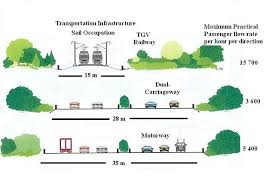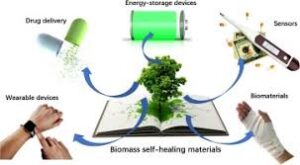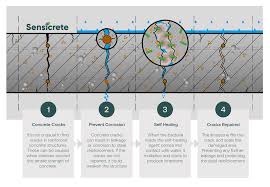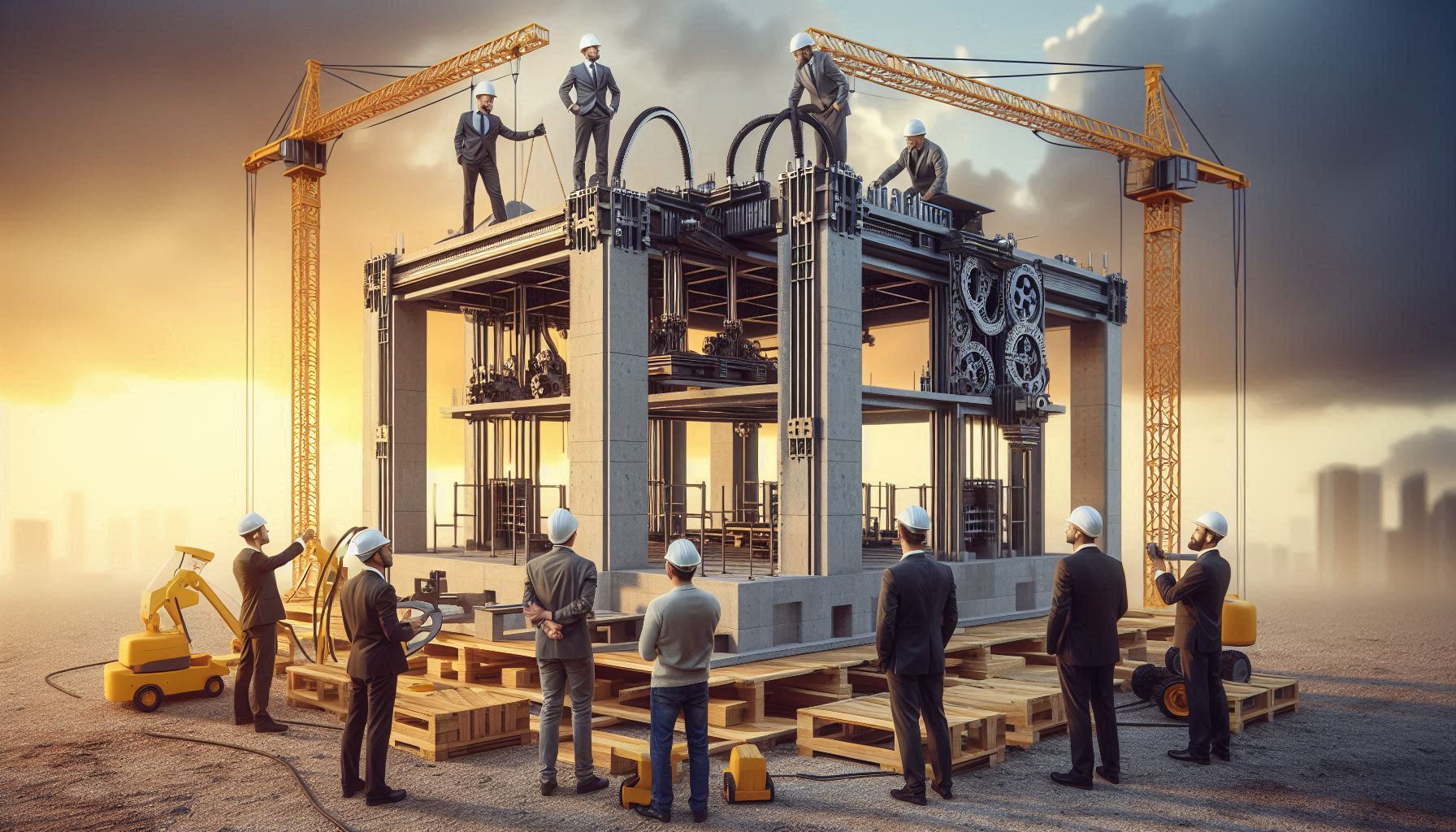Imagine a world where our roads, bridges, and buildings can heal themselves. Picture structures that repair their own cracks and wear without human intervention. This may sound like science fiction, but self-healing materials are quickly becoming a reality in the realm of sustainable infrastructure. As we face growing challenges related to climate change and resource depletion, innovative solutions are necessary to create resilient environments for future generations. In this blog post, we will explore what self-healing materials are all about and how they promise to transform the way we think about construction and maintenance. Join us on this journey into the fascinating intersection of technology and sustainability as we uncover the potential these remarkable materials hold for our infrastructure needs moving forward.
Understanding Self-Healing Materials
 Self-healing materials are engineered substances designed to automatically repair damage without external intervention. Inspired by biological processes, these materials mimic the way living organisms heal wounds.
Self-healing materials are engineered substances designed to automatically repair damage without external intervention. Inspired by biological processes, these materials mimic the way living organisms heal wounds.
When a crack or defect occurs, embedded mechanisms trigger a response that fills in gaps and restores integrity. This capability can significantly extend the lifespan of structures while reducing maintenance costs.
The science behind self-healing involves various approaches—like microcapsules filled with healing agents that release upon rupture or reversible chemical reactions that bond material back together. Each method showcases creativity and innovation.
As urban environments continue to evolve, understanding how these materials function offers insight into their potential applications across different infrastructure types. The ability to self-repair is not just fascinating; it may be essential for developing sustainable solutions in construction and design fields going forward.
Benefits of Using Self-Healing Materials in Infrastructure
 Self-healing materials offer a transformative approach to infrastructure maintenance. Their ability to automatically repair damage can significantly extend the lifespan of structures. This reduces the need for constant repairs and lowers maintenance costs over time.
Self-healing materials offer a transformative approach to infrastructure maintenance. Their ability to automatically repair damage can significantly extend the lifespan of structures. This reduces the need for constant repairs and lowers maintenance costs over time.
Additionally, using these innovative materials contributes to sustainability efforts. Minimizing waste means less material is sent to landfills, directly supporting eco-friendly practices. Moreover, self-healing capabilities enhance safety by preventing structural failures caused by unnoticed damage.
The resilience of these materials also leads to improved performance under various environmental conditions. They adapt and respond effectively, ensuring that infrastructures remain functional even in challenging settings.
Investing in self-healing technologies fosters innovation within construction industries too. It encourages researchers and engineers to explore new combinations of materials that could further revolutionize our built environment while prioritizing longevity and durability.
Types of Self-Healing Materials and How They Work
 Self-healing materials come in various forms, each employing unique mechanisms to repair damage. One prominent type is polymer-based materials. These polymers can contain microcapsules filled with healing agents that release when cracks form. This process mimics biological healing.
Self-healing materials come in various forms, each employing unique mechanisms to repair damage. One prominent type is polymer-based materials. These polymers can contain microcapsules filled with healing agents that release when cracks form. This process mimics biological healing.
Another interesting category includes metallic self-healers. These often utilize shape memory alloys that return to their original state after deformation. When exposed to heat, they regain their structure and strength, making them ideal for applications requiring durability.
Bio-inspired materials take cues from nature, such as the way certain organisms heal themselves quickly and efficiently. These materials use biological processes or mimic cellular structures to achieve rapid recovery from damage.
Concrete infused with specific additives can also be categorized here. It employs bacteria that produce limestone when activated by water and nutrients—a natural fixative for cracks in infrastructure systems like roads and bridges.
Each of these types showcases innovative strategies aimed at enhancing the longevity and sustainability of infrastructure projects.
Real-Life Applications of Self-Healing Materials in Infrastructure
Self-healing materials are making their mark in various infrastructure projects around the world. One notable example is in road construction, where microcapsules containing healing agents are embedded within asphalt. When cracks form, these capsules break open and release a substance that fills and seals the damage.
Bridges also benefit from this innovative technology. Engineers have begun to incorporate self-healing concrete, which utilizes bacteria that activate when moisture seeps into cracks. This biological approach not only repairs but also strengthens the material over time.
In marine environments, self-healing coatings are being applied to ships and piers. These coatings can automatically repair small scratches or dents caused by water exposure or impacts, reducing maintenance costs significantly.
Airports are exploring self-repairing runway surfaces as well. By integrating such smart materials into their infrastructure, they aim to enhance safety while minimizing downtime for repairs.
Potential Challenges and Limitations
While self-healing materials hold immense promise for sustainable infrastructure, several challenges remain. One significant barrier is the cost of development and production. These advanced materials often require specialized manufacturing processes that can drive up expenses.
Another limitation lies in their performance under extreme conditions. Factors like temperature fluctuations or heavy loads may hinder the effectiveness of self-healing properties. Understanding how these materials behave in diverse environments is crucial.
There’s also a knowledge gap within the industry regarding long-term durability and reliability. As this technology evolves, rigorous testing will be essential to ensure it meets safety standards.
Regulatory hurdles could slow down adoption rates. Building codes must adapt to incorporate such innovative solutions while ensuring public safety isn’t compromised. Addressing these concerns will be vital as we move toward broader implementation of self-healing technologies in our infrastructure systems.
The Role of Technology and Innovation in Advancing Self-Healing Materials
Technology is a driving force behind the evolution of self-healing materials. Innovative research is unlocking new possibilities for construction and infrastructure.
Smart sensors are being integrated into these materials, enabling real-time monitoring of structural health. This allows for immediate responses to damage before it escalates.
Nanotechnology plays a crucial role too. By manipulating materials at the molecular level, scientists can create substances that mimic biological healing processes. These advancements lead to more efficient restoration methods.
Moreover, machine learning algorithms are now guiding material development by predicting performance outcomes under various conditions. This data-driven approach enhances reliability and safety in infrastructure projects.
Collaboration between industries is fostering rapid innovation as well. Engineers, chemists, and tech developers come together to push boundaries that were previously unimaginable in traditional construction practices.
Future Outlook for Sustainable Infrastructure with Self-Healing Materials
The future of sustainable infrastructure is bright with the integration of self-healing materials. These innovations offer a transformative approach to construction and maintenance, reducing the need for frequent repairs.
As cities grow and face environmental challenges, self-healing materials can adapt and respond autonomously. This adaptability not only prolongs lifespan but also minimizes waste. Imagine roads that repair themselves or bridges that withstand wear without extensive human intervention.
Research continues to evolve in this field, exploring biogenic solutions inspired by nature. Collaborations between engineers and material scientists are paving the way for new breakthroughs.
Investment in these technologies could reshape urban landscapes, making them more resilient against both time and elements. With advancements in artificial intelligence paired with these materials, we may soon see infrastructures equipped with real-time monitoring systems ensuring optimal performance.
Conclusion
As we look ahead, the integration of self-healing materials in sustainable infrastructure presents an exciting frontier. The potential benefits are vast, from reducing maintenance costs to enhancing durability and resilience. These innovative solutions reflect a significant shift toward more sustainable practices in construction and engineering.
The technology behind self-healing materials continues to evolve, driven by research and development efforts across various industries. As scientists discover new types of materials with enhanced healing capabilities, we can expect even broader applications that will redefine how we think about infrastructure.
Adopting these advanced materials could lead us towards a future where our buildings and roads require less frequent repairs and last longer than ever before. This not only contributes to sustainability but also aligns with global goals for environmental responsibility.
The journey towards embracing self-healing materials is just beginning. Their impact on the landscape of sustainable infrastructure may well transform our relationship with urban environments for generations to come.








